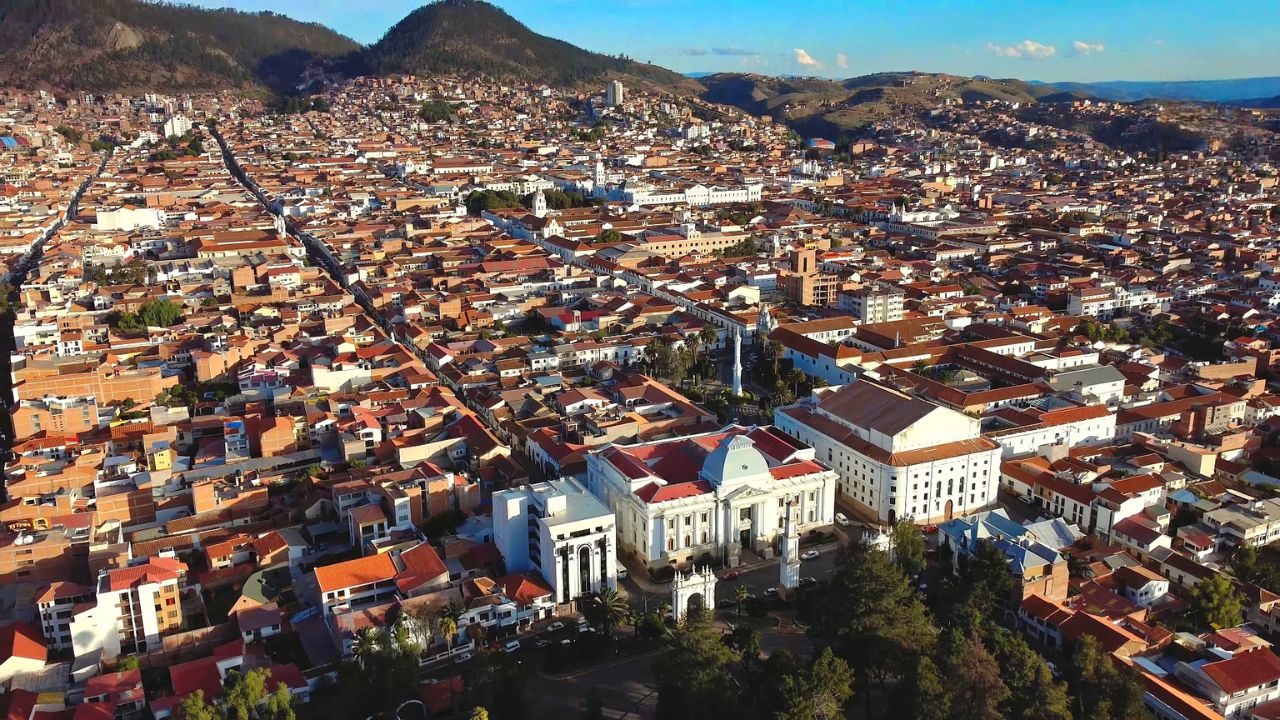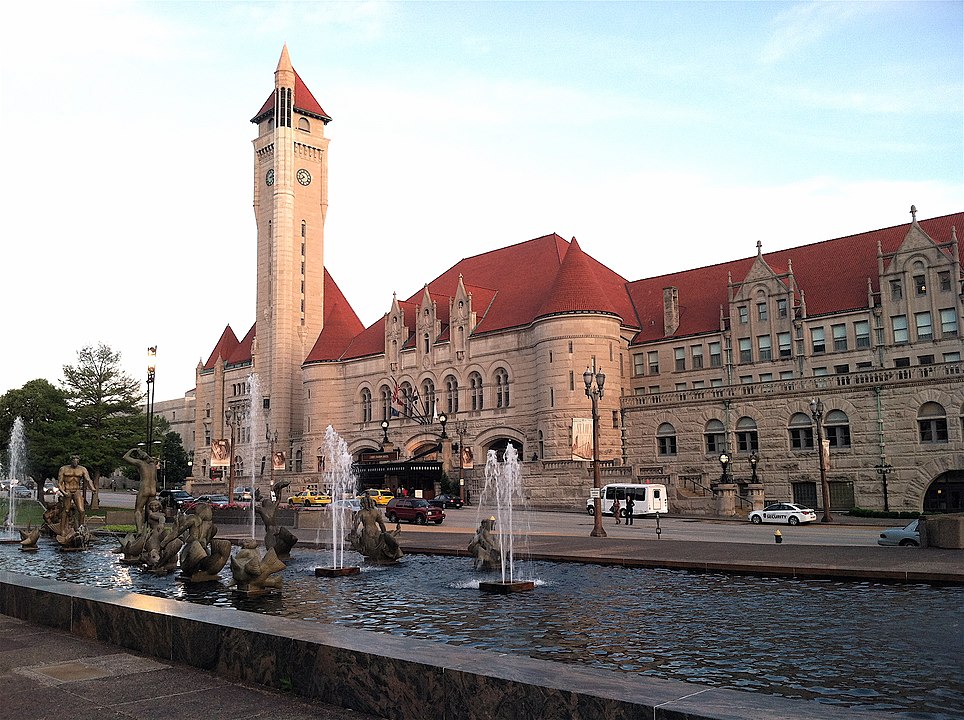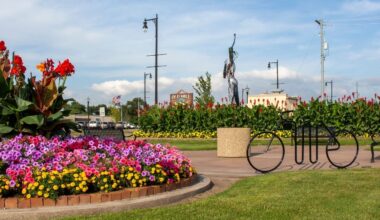South America is filled with beauty, history, and adventure, but many travelers only visit the most famous places. While cities like Rio or Buenos Aires grab attention, smaller or lesser-known destinations often offer better value, fewer crowds, and more unique experiences. These 13 hidden gems showcase the continent’s diversity, from mountain villages to coastal towns, and prove there’s much more to explore than the typical tourist trail.
1. Barichara, Colombia
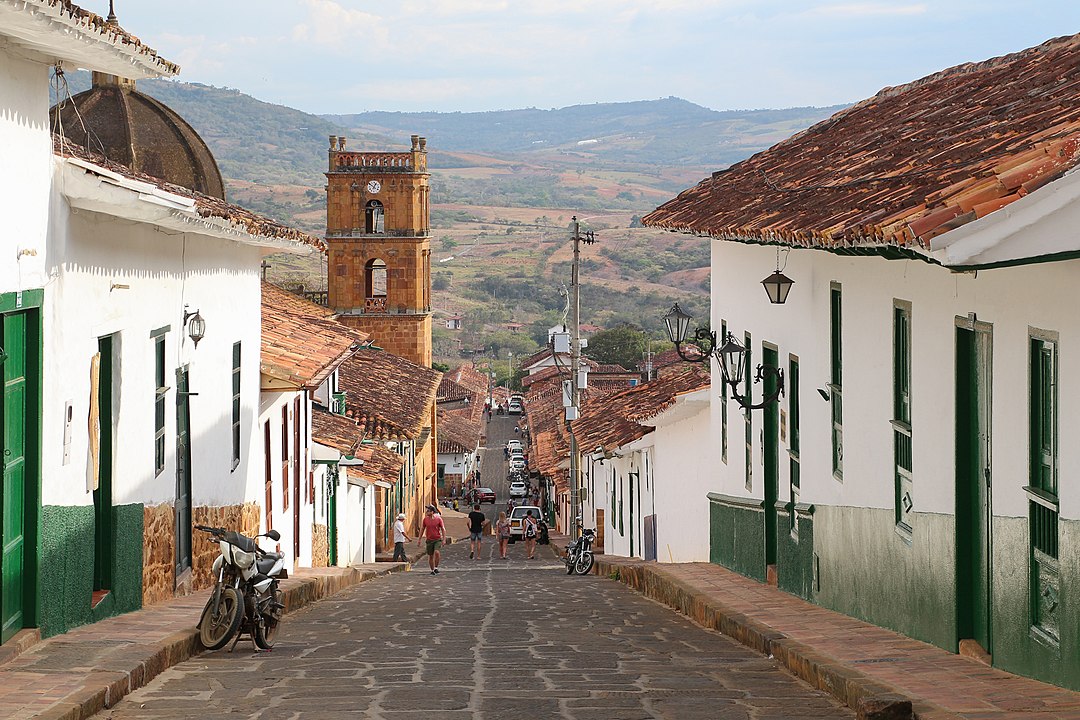
Barichara is a quiet town in northern Colombia known for its cobbled streets and colonial charm. Located in the Santander region, it was founded in 1705 and remains one of the most preserved colonial towns in the country. Its peaceful setting makes it popular with artists and slow travelers. You can hike the 5.5-mile Camino Real trail to nearby Guane for panoramic views and a deeper sense of Colombia’s countryside.
2. Pucón, Chile
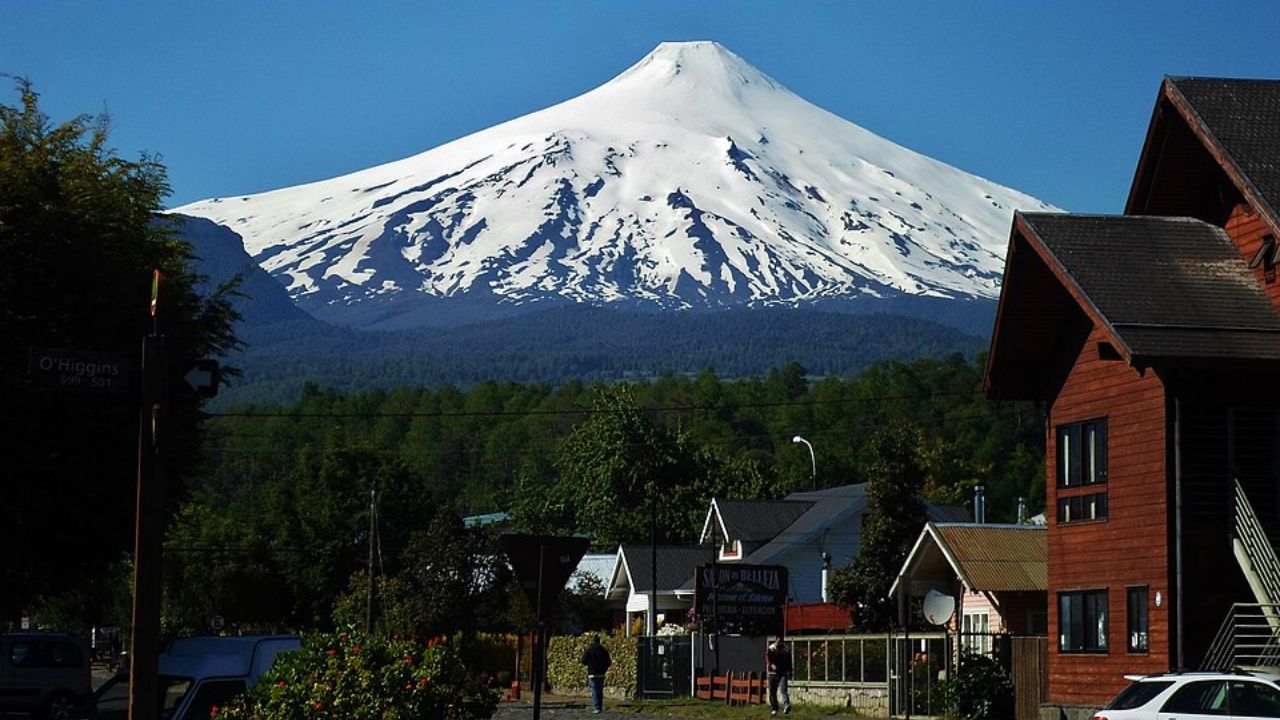
Pucón sits near the Villarrica Volcano in southern Chile’s lake district. With hot springs, forests, and adventure sports, it’s perfect for nature lovers. The volcano, which last erupted in 2015, towers over the town and is a popular hiking spot. In winter, visitors come for skiing; in summer, rafting and kayaking are common. Despite its beauty, it remains less crowded than Chile’s more famous regions.
3. Jericoacoara, Brazil
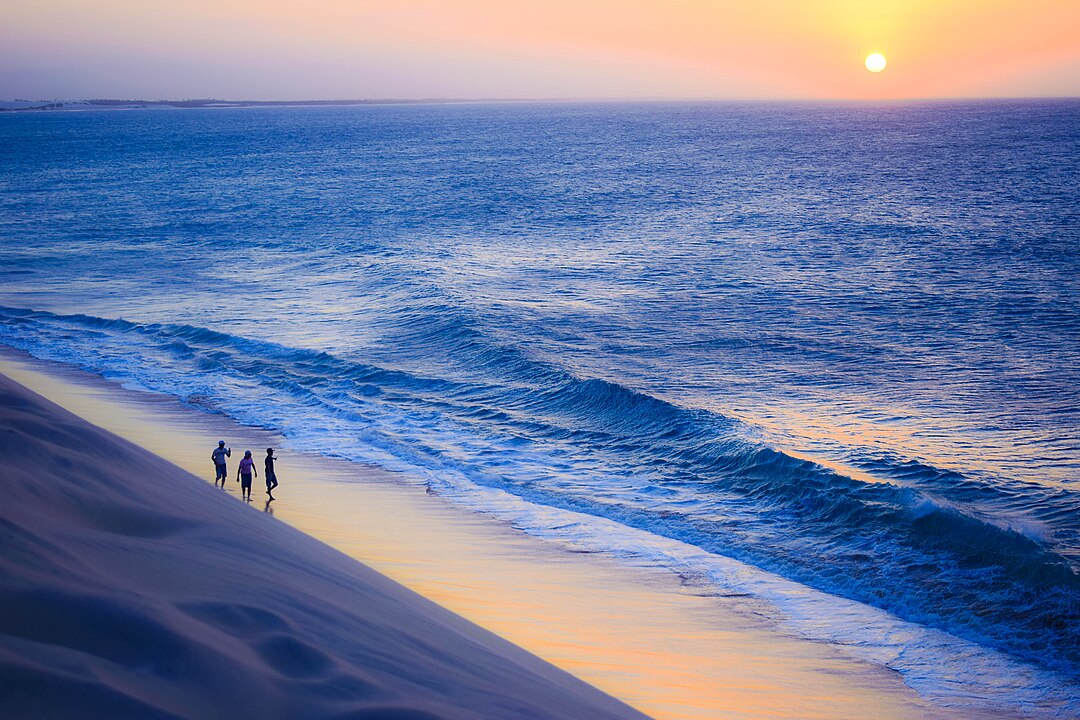
Tucked along Brazil’s northeastern coast, Jericoacoara is a remote beach town surrounded by sand dunes. It was once a fishing village, now known for its sunsets and windsurfing. No streetlights are allowed in town to keep the sky dark for stargazing. You reach it by driving through sand in a 4×4, making it feel like a true escape. It’s located in Ceará and protected as a national park.
4. Sucre, Bolivia
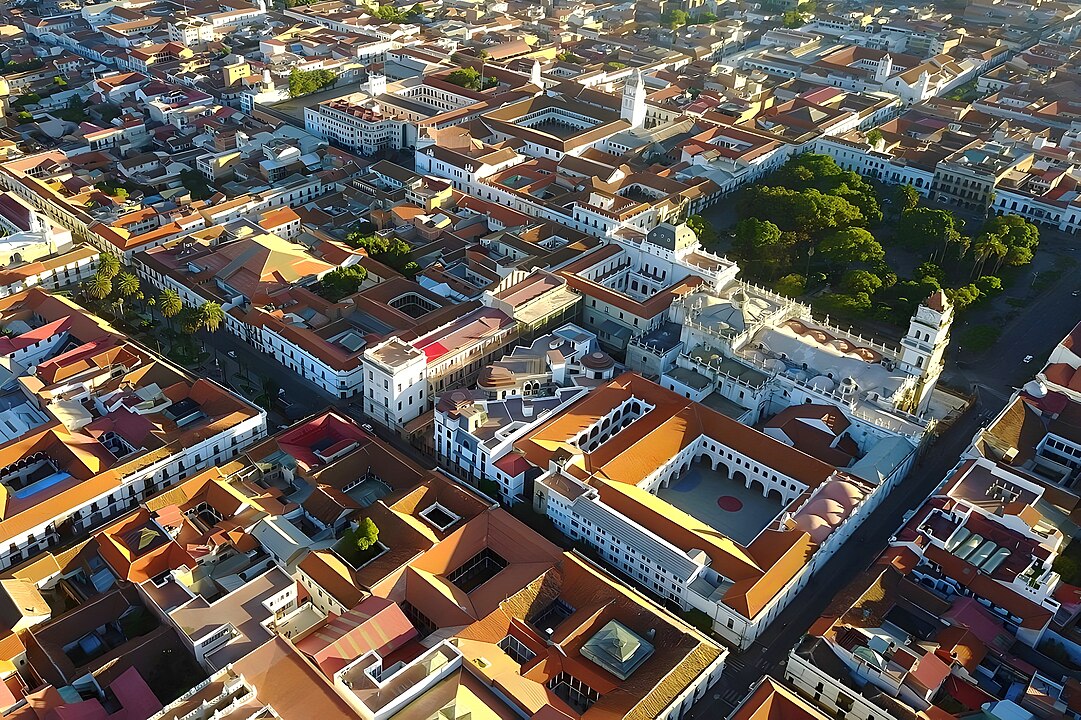
Sucre is Bolivia’s constitutional capital and a UNESCO World Heritage Site. Founded in the 1500s, its whitewashed buildings and mild climate make it a relaxing spot. It’s also home to dinosaur footprints at Cal Orcko, just a few miles outside the city. Fewer tourists visit Sucre compared to La Paz or Uyuni, but its history and calm pace offer a special kind of charm.
5. Colonia del Sacramento, Uruguay
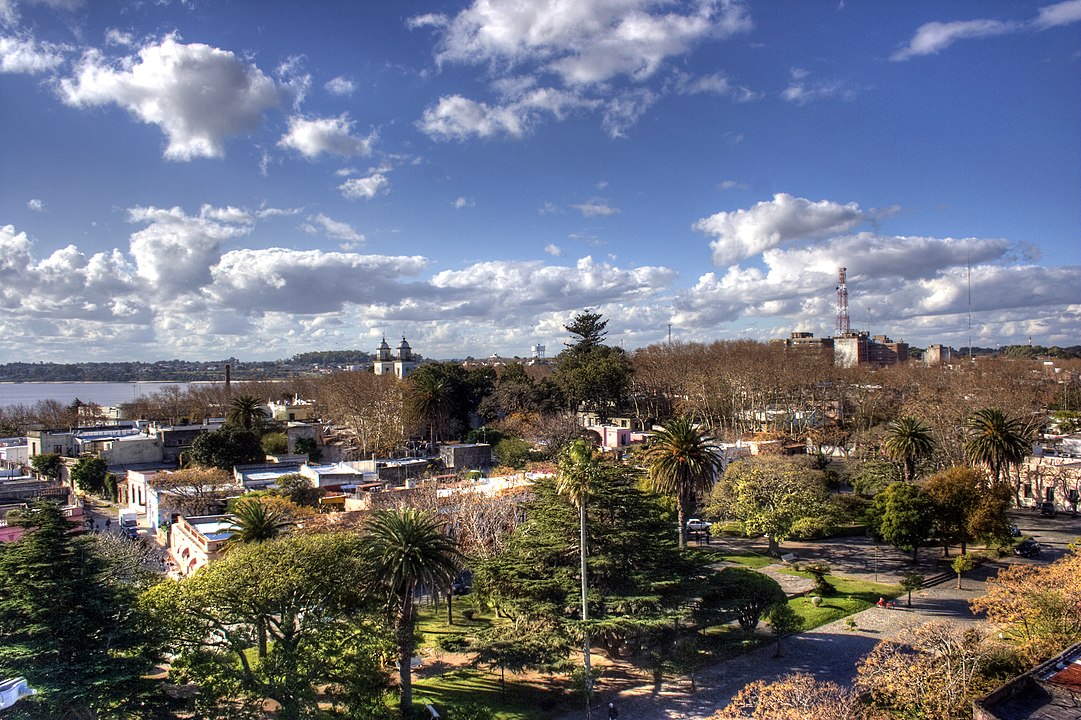
Located on the Río de la Plata, Colonia del Sacramento is one of Uruguay’s oldest towns, founded in 1680. Its historic quarter features cobblestone alleys and Portuguese-style houses. You can take a short ferry ride from Buenos Aires, but it feels like a step back in time. The slower rhythm and river views make it a favorite for weekend visitors and photographers.
6. El Chaltén, Argentina
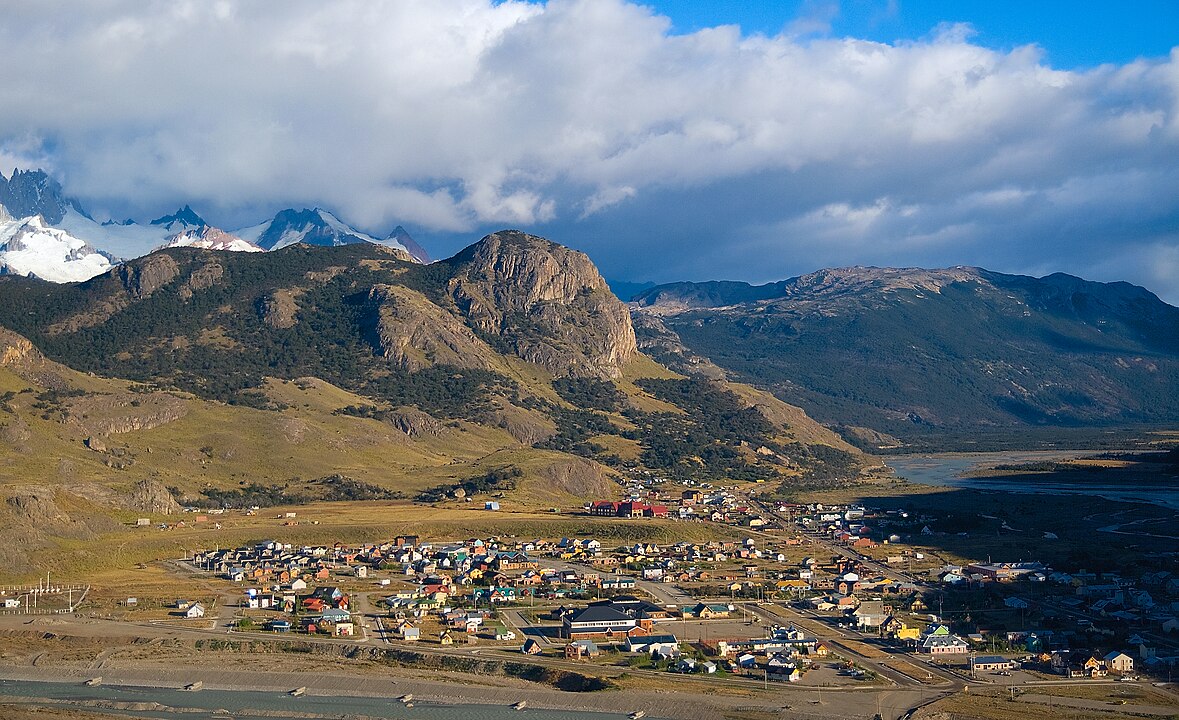
El Chaltén is a small town in Argentina’s Patagonia region, known as the country’s trekking capital. Surrounded by glaciers and the Fitz Roy mountain range, it offers free access to incredible hiking trails. It was only founded in 1985 and remains largely undeveloped compared to nearby El Calafate. Many visitors say the landscapes here rival those of Torres del Paine in Chile.
7. Mompox, Colombia
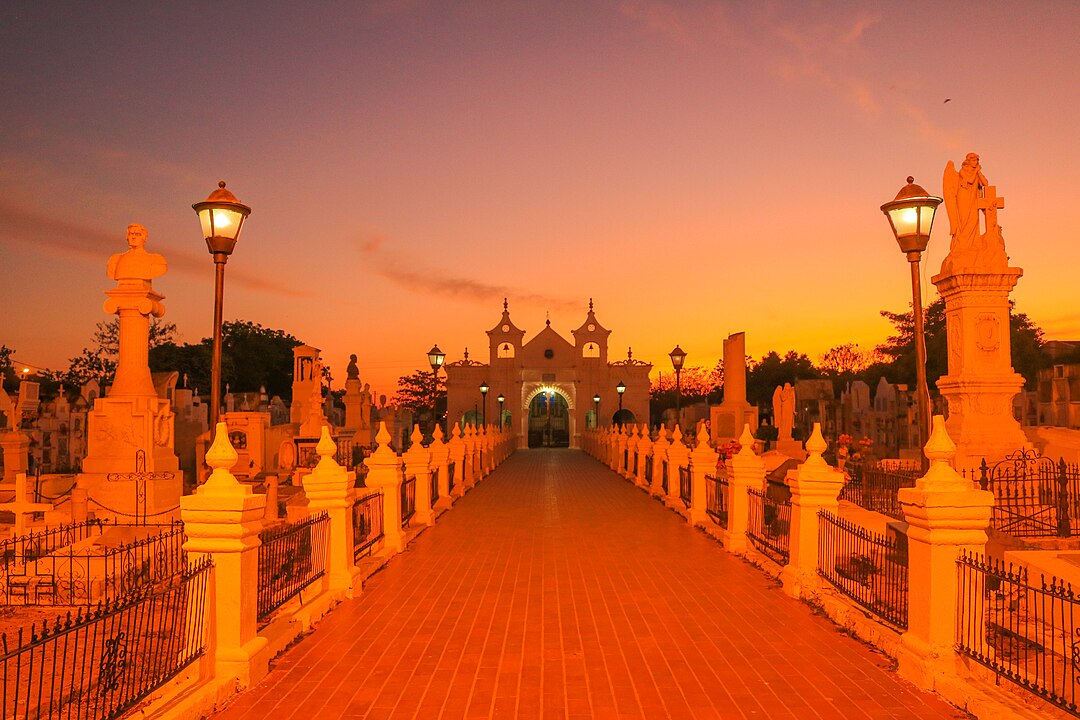
Santa Cruz de Mompox lies on the banks of the Magdalena River and was once an important Spanish trading post. Now it’s a sleepy, preserved town where life moves slowly. It was declared a UNESCO site for its colonial architecture. Though harder to reach, it rewards travelers with tranquility, colorful buildings, and a sense of time standing still.
8. Valparaíso, Chile
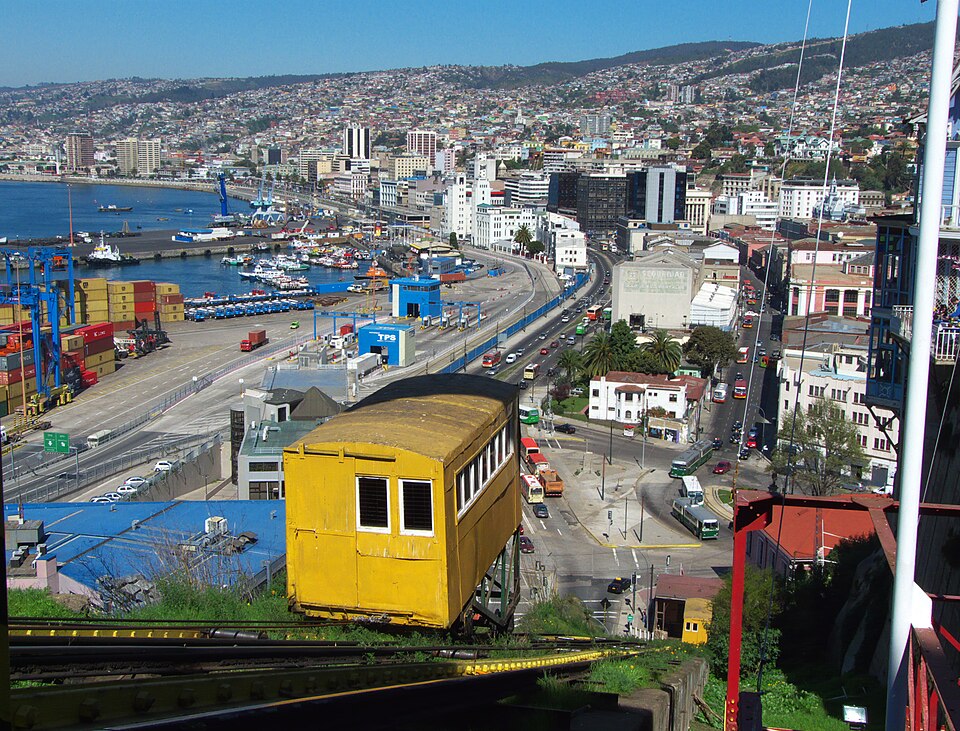
Valparaíso is a port city built into hills along Chile’s central coast. Known for colorful houses, winding staircases, and street art, it’s a creative hub that once hosted Pablo Neruda. Funicular elevators help you move between steep neighborhoods. Though it’s near Santiago, many travelers overlook it. The city mixes gritty charm with historic significance and remains one of Chile’s cultural centers.
9. Paraty, Brazil
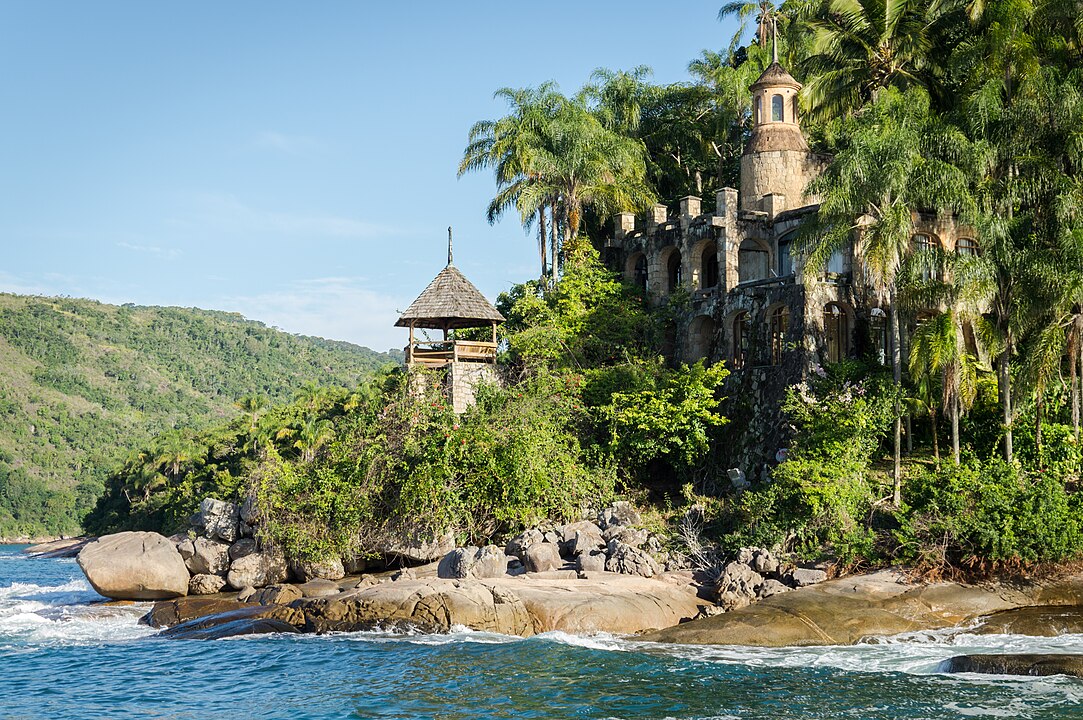
Paraty is a colonial town between Rio de Janeiro and São Paulo. Founded in 1667, it was once a gold trade route port. Today, its preserved streets are car-free and surrounded by mountains and ocean. The town is also a starting point for boat trips to nearby islands. Its mix of nature and history gives it a peaceful but engaging atmosphere.
10. Cuenca, Ecuador
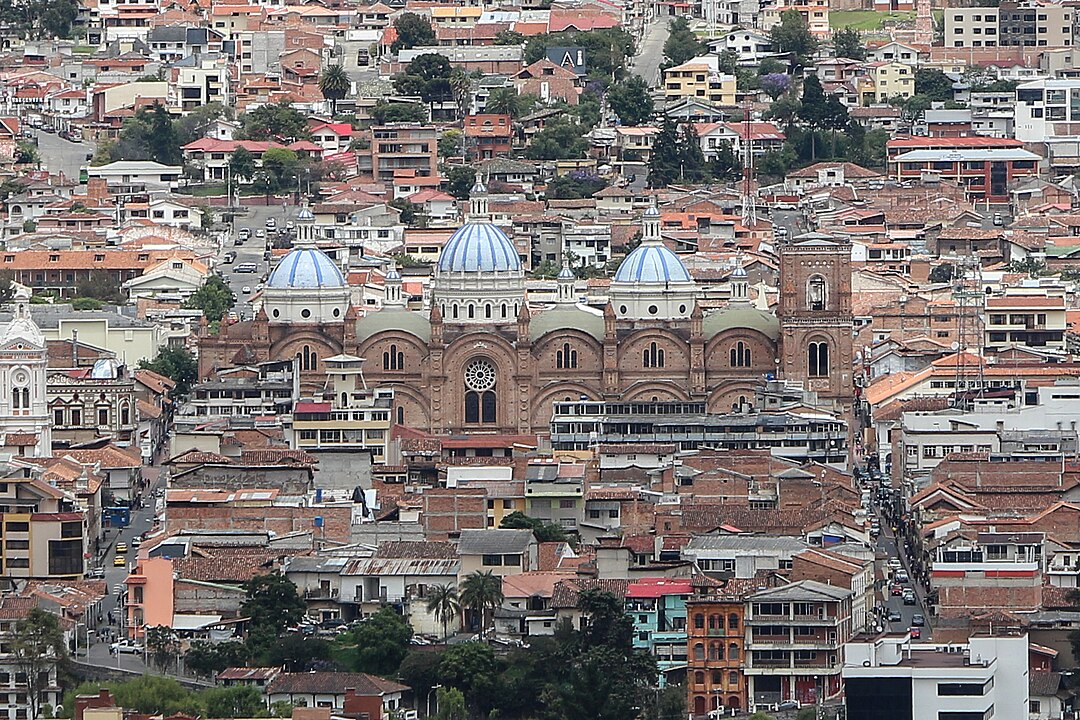
Cuenca is one of Ecuador’s most beautiful cities, often overlooked in favor of Quito or the Galápagos. It’s a UNESCO site with baroque churches and lively plazas. Cuenca sits in the Andes at about 8,400 feet and has a large expat community. Its museums and street markets give visitors a real feel for Ecuadorian life without the chaos of bigger cities.
11. La Pedrera, Uruguay
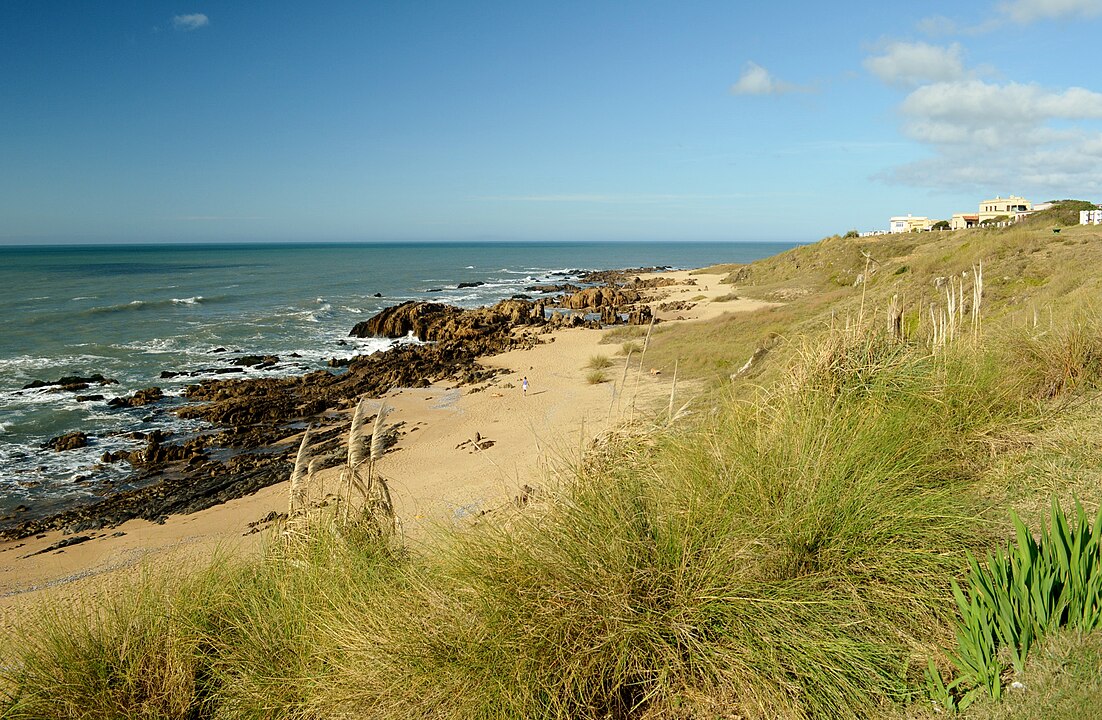
La Pedrera is a small beach town in Rocha, Uruguay. It’s known for surfing, quiet beaches, and summer music festivals. Unlike busy Punta del Este, it feels more laid-back and rustic. Many homes are built right into the rocky coastline. Wildlife like sea lions and whales are sometimes spotted offshore. It’s a peaceful escape for travelers wanting a slower seaside trip.
12. Tilcara, Argentina
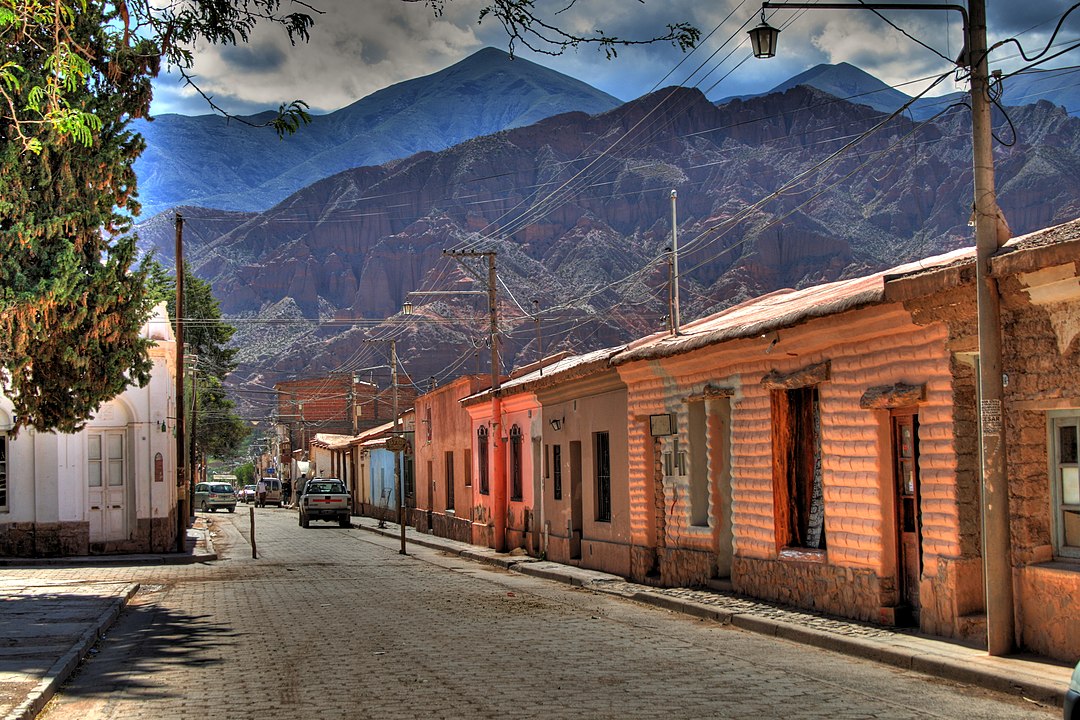
Tilcara sits in Argentina’s northwestern Jujuy province. This Andean town is filled with adobe houses and surrounded by colorful hills. It has an ancient fortress called Pucará de Tilcara and celebrates indigenous traditions year-round. It’s part of the Quebrada de Humahuaca valley, a UNESCO-listed site. Many visitors use it as a base to explore local history, art, and mountain landscapes.
13. Vilcabamba, Ecuador
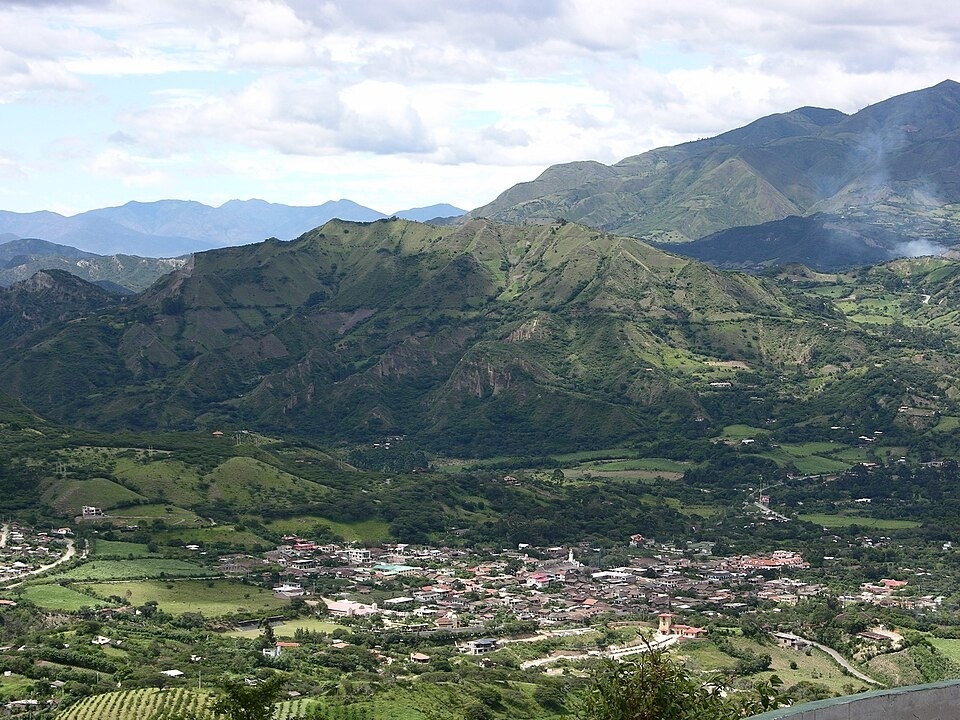
Vilcabamba, in southern Ecuador, is sometimes called the Valley of Longevity. It’s believed to have one of the highest populations of elderly people living past 90. While that’s debated, the mountain air and peaceful setting attract wellness travelers. Surrounded by nature and located near Podocarpus National Park, it’s a destination for hiking, meditation, and natural living far from city stress.
